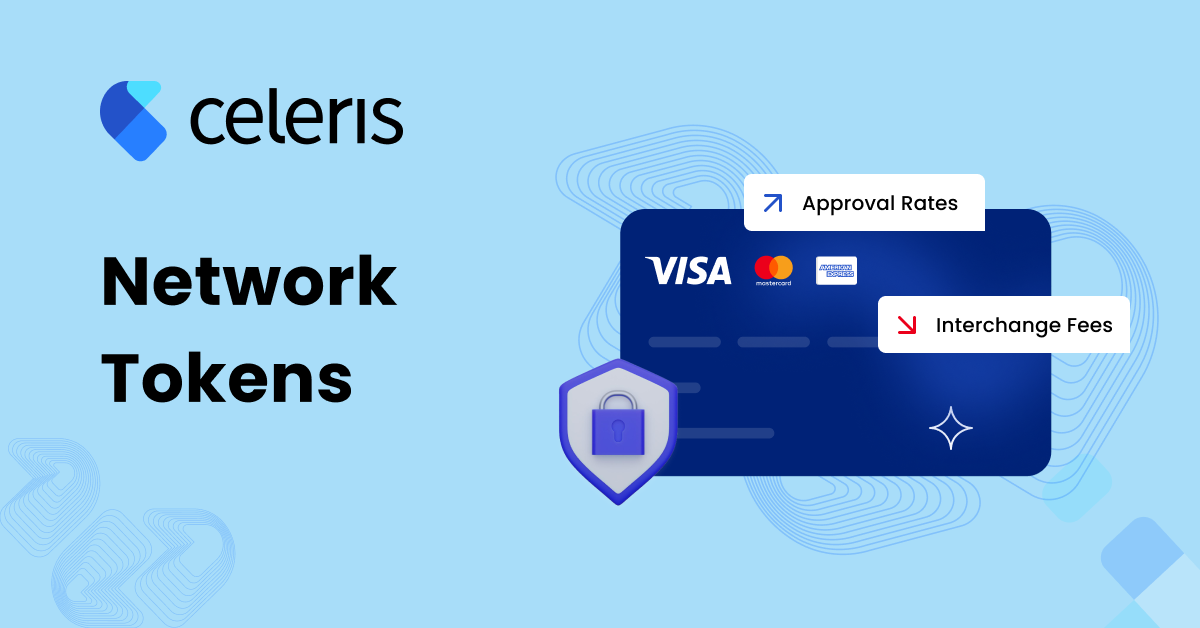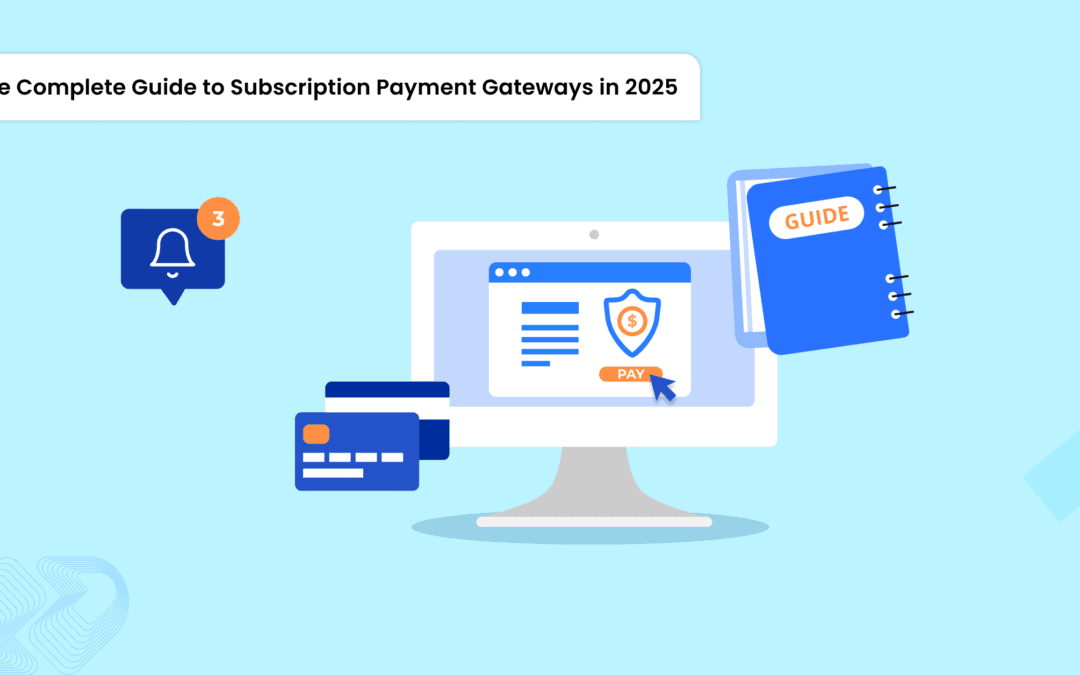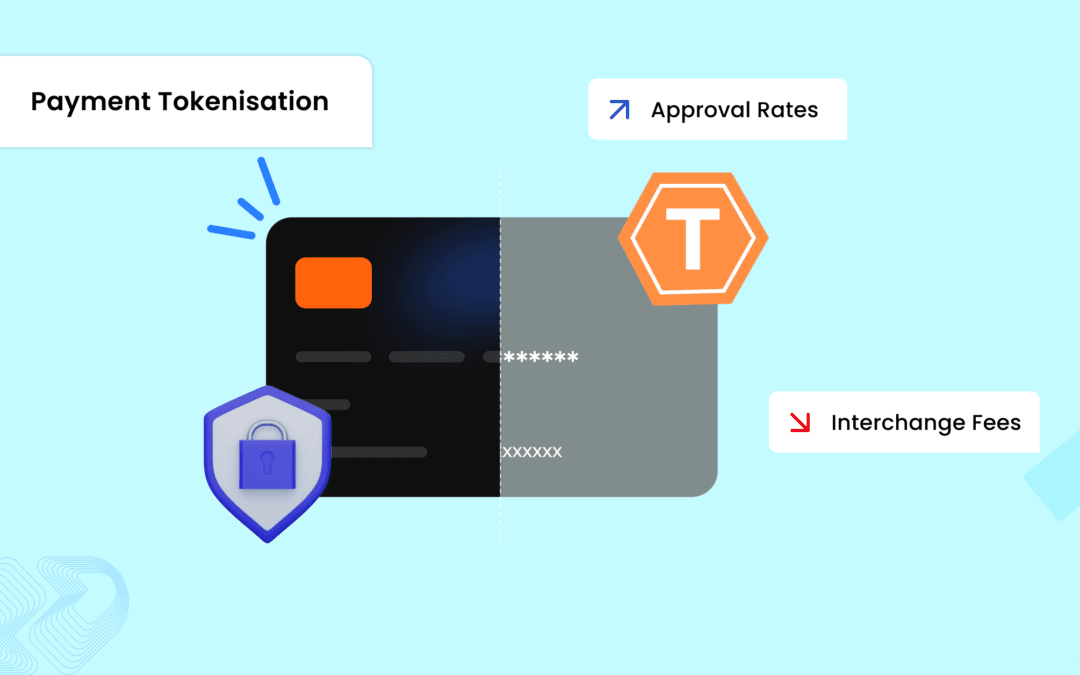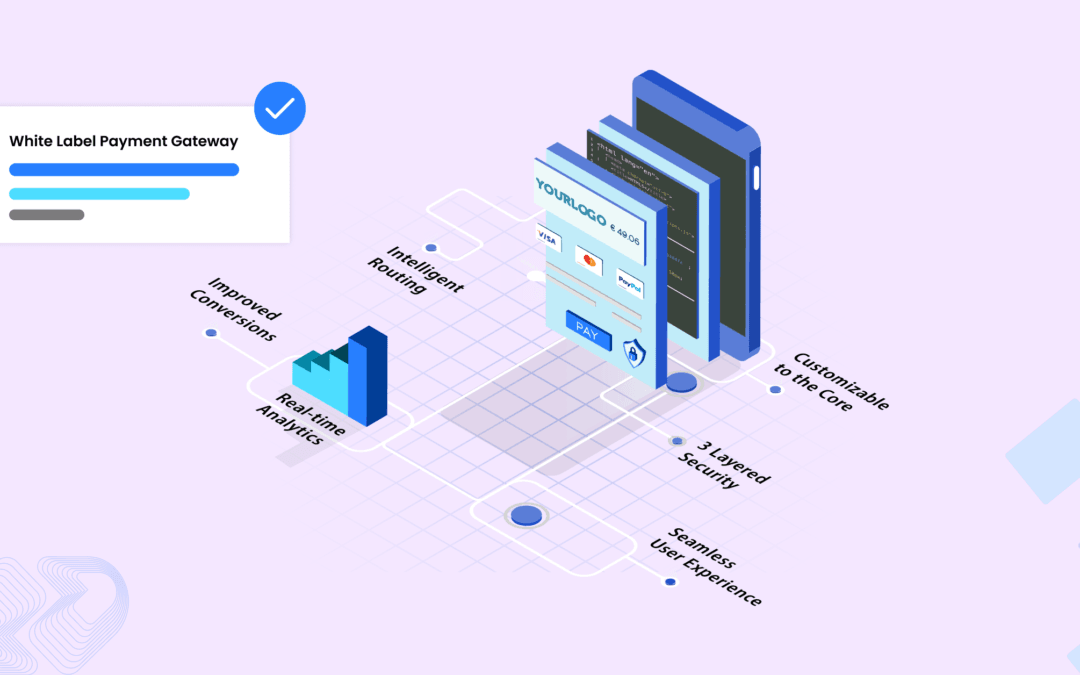Verifi specializes in dispute management, aiding sellers in revenue retention and cost reduction from banks.
Asked
What is payment orchestration?
Payment orchestration centralises and optimises the management of multiple payment service providers, helping businesses improve transaction success rates and reduce operational costs.
How does payment orchestration work?
What are the benefits of payment orchestration?
How is payment orchestration different from a payment gateway?
Can payment orchestration improve payment success rates?
What type of industries benefits the most from payment orchestration?
How does payment orchestration handle failed transactions?
Is payment orchestration secure?
How do I choose the right payment orchestration platform?
Can payment orchestration handle global payments?
How long does it take to implement a payment orchestration platform?
How much payment orchestration platform costs ?
How does payment orchestration handle failed transactions?
Does payment orchestration support recurring payments?
What are the risks of using payment orchestration?
How was the experience with article?
We’d love to know!
Talk with one of our payment experts
Ready to elevate your business to new heights? Schedule a call with our experts to discuss your unique needs and uncover tailored solutions. Don’t let questions linger – seize the opportunity to pave your path to success!
Winner !
Best use of data analytics, MPE 2025
Best Payments Orchestration Solution, MPE 2024
Build your business with Celeris


















